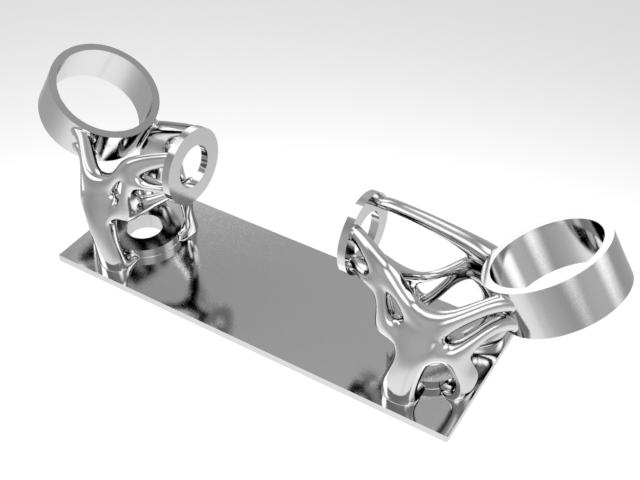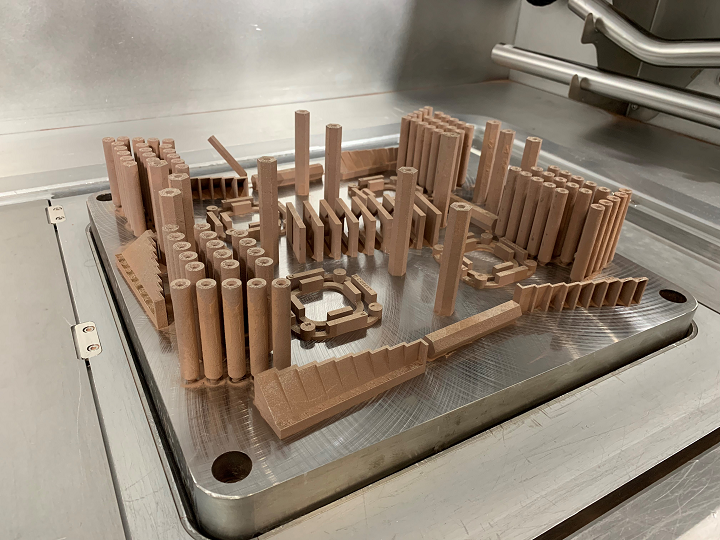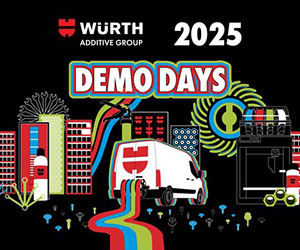Sintavia has received a United States Department of Defense (DoD) contract to make 3D printed propulsion components for hypersonic craft. Hypersonics is a rapidly evolving and demanding aerospace field where aircraft capable of exceeding six times the speed of sound are being developed. If these craft can fly reliably, they will be able to reach any destination worldwide in a matter of hours. Hypersonic weapons could alter the balance of power between nations, providing an immeasurable advantage to those who possess them.
Currently, missiles must fly high in an arc to hit another nation, while satellites take defined orbits to circle or stay above the earth. This predictability is eliminated with hypersonics, as they can follow unpredictable paths to reach almost any target much faster than it would take to detect and accurately intercept them. Hypersonics could be one of the most disruptive advancements in military aviation, comparable to the Kitty Hawk, DC9, jet engine, and 747.
We have previously discussed research funding for hypersonics, civilian hypersonics, and related research. We will continue to write on this subject due to its extreme importance.
The Growing Additive Manufacturing Maturity for Airbreathing Hypersonics (GAMMA-H) award for Sintavia is, therefore, significant not only for the company but also for the U.S. and the field of 3D printing. The award, a S²MARTS OTA managed by the National Security Technology Accelerator (NSTXL), focuses on propulsion components. GAMMA-H is a collaboration between the Office of the Secretary of Defense ManTech and the Naval Surface Warfare Center, Crane Division. Previously, Sintavia and Aerodyne Rocketjet have received funding from the project, which originally called for proposals in 2022.
The program falls under Keith DeVries, Deputy Director of the OSD Manufacturing Technology Program (ManTech). This department is also involved in advancing new applied technologies in quantum computing, AI, microelectronics, and more. It essentially serves as a “win the future” initiative for the U.S. government.
“The GAMMA-H award represents an important step forward in developing and formalizing standard additive manufacturing processes that can be used across the industry for hypersonic production. As the industry leader in this effort, Sintavia is uniquely positioned to work with the GAMMA-H project to successfully develop and validate these processes. We are grateful to the GAMMA-H team for their trust in Sintavia regarding this absolutely critical national security imperative,” said Sintavia CEO Brian Neff.

This Inconel 718 aircraft-engine bracket, redesigned and optimized for AM by Sintavia as a test project to explore the environmental impact of AM, offers a 20-percent weight reduction over the original part, with a 50-percent increase in durability. The longer-life part can cut jet-fuel usage dramatically, according to Brian Neff, Sintavia founder and CEO.
3D printing is having a bit of a hypersonics moment. Widely used by NASA and new space companies in propulsion, it is now being leveraged to make the next generation of military systems a reality. Hypersonics presents an exceptionally difficult challenge due to the intensity of the forces involved and the novelty of the technology. With new and uncommon materials, new processes, new coatings, new software, and new forces at play, this is truly a frontier of manufacturing.
If we succeed in this area, we will see an expanding scope of work at the very edge of an emerging defense capability. This growth will not only benefit the 3D printing industry in the U.S. but also in China.
This is a definite win for Sintavia, which has transformed itself from a service bureau to a manufacturer of components for the most demanding applications. If it performs well on this and ensuing contracts, Sintavia could propel itself to the forefront of manufacturing for the U.S. Department of Defense. The company could turn itself into a shop for all things difficult and advanced, potentially becoming akin to Kratos or other major defense firms. Sintavia is disrupting the defense industry by making components no one else can, and this is an approach more companies should adopt across various industries.
Subscribe to Our Email Newsletter
Stay up-to-date on all the latest news from the 3D printing industry and receive information and offers from third party vendors.
Print Services
Upload your 3D Models and get them printed quickly and efficiently.
You May Also Like
A Vision for Powder Leadership in Advanced Manufacturing’s Next Chapter
In the advanced manufacturing world, the phrase “center of excellence” gets thrown around a lot. But what does it really mean? Is it just a catchy tagline — or can...
Dyndrite and Phasio Partner to Create Fully Digital Workflow for HP 3D Printers
Additive manufacturing (AM) companies are deeply aware that they need to lower the barrier-to-entry for their products in order to set themselves up for sustainable growth. The most straightforward —...
3D Printing News Briefs, September 20, 2025: Standards, Floor Slabs, Wastewater Treatment, & More
In this weekend’s 3D Printing News Briefs, we’ll start with standards news from ASTM. Then, we’ll move on to a new 3D printable alloy from QuesTek Innovations, and Autodesk Research...
Inside AM’s Quiet, Strategic Revolution: An Interview with Dyndrite Founder, Harshil Goel
Founded in 2016 by Harshil Goel, Dyndrite has been clear in its mission from the start: namely, “to fundamentally change how geometry is created, transformed, and transmitted on a computer.”...




































